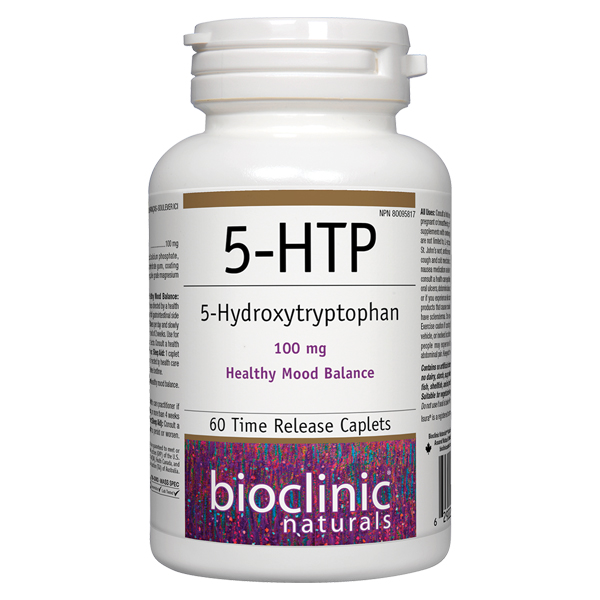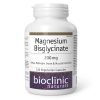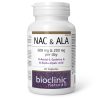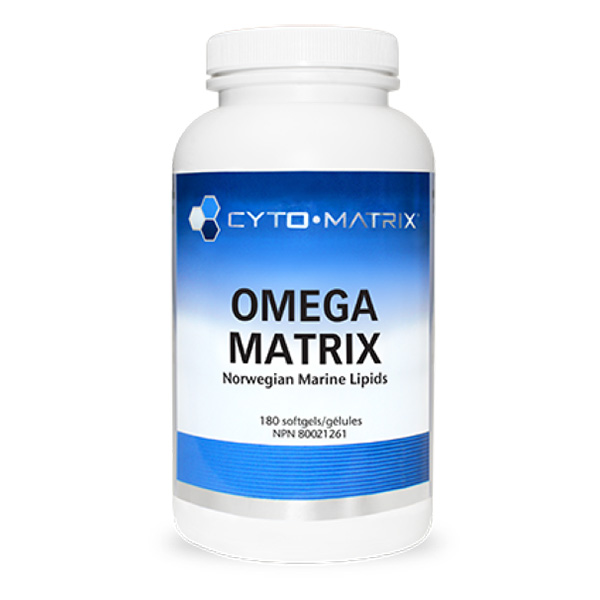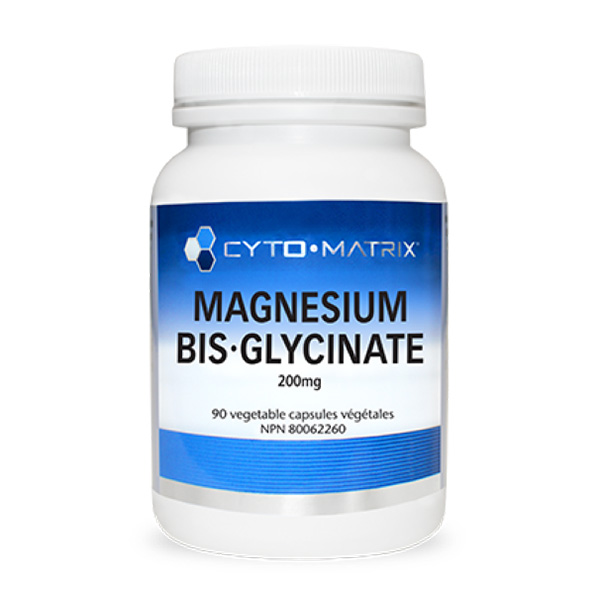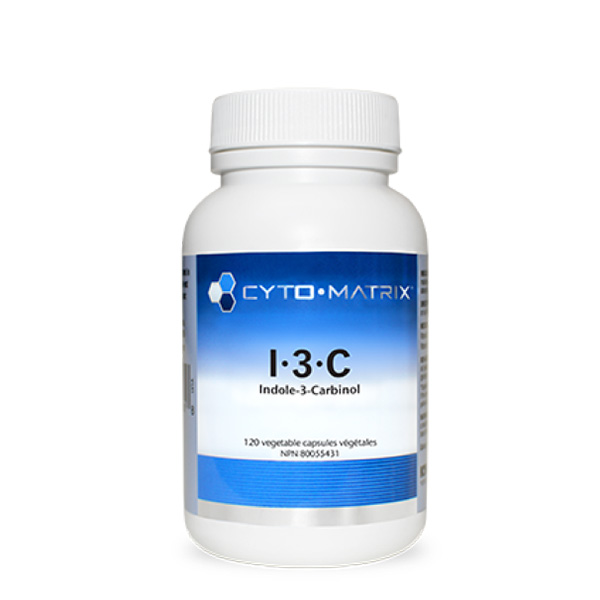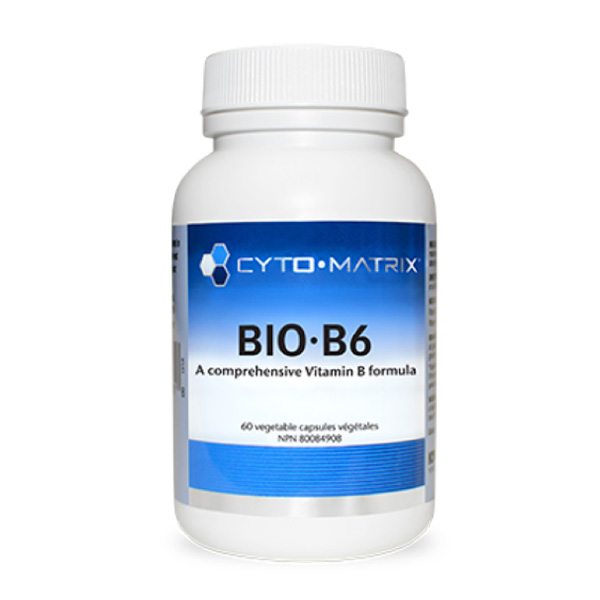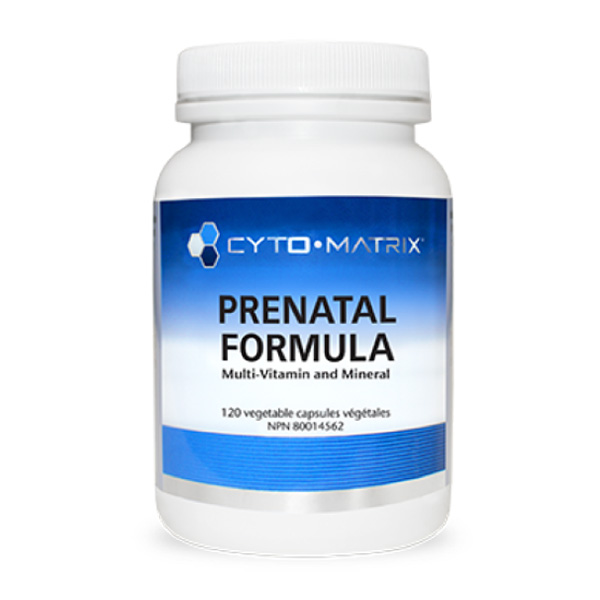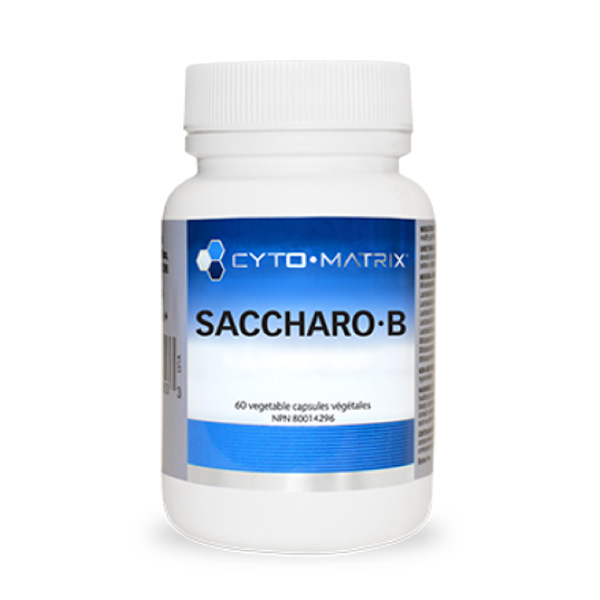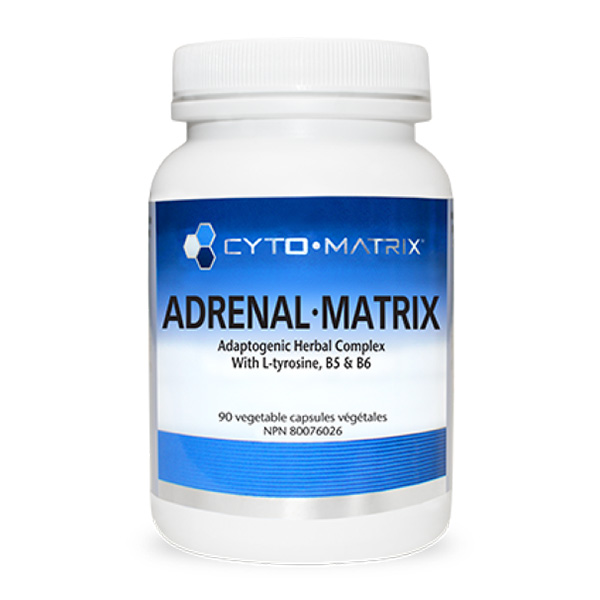Bioclinic – 5-HTP Time Release – 100mg – 60 Capsules

$28.99
- Extra-strength 100 mg formula for ease of dosing
- Naturally sourced from the seed of the African plant Griffonia simplicifolia
- 5-HTP readily crosses the blood-brain barrier to increase central nervous system synthesis of serotonin
- Timed-release formulation may minimize gastric discomfort and helps prevent the rapid spikes and drops associated with immediate-release 5-HTP
In stock
Benefits
- Extra-strength 100 mg formula for ease of dosing
- Naturally sourced from the seed of the African plant Griffonia simplicifolia
- 5-HTP readily crosses the blood-brain barrier to increase central nervous system synthesis of serotonin
- Timed-release formulation may minimize gastric discomfort and helps prevent the rapid spikes and drops associated with immediate-release 5-HTP
Feature Summary
5-HTP (5-hydroxytryptophan) is an amino acid precursor to the brain chemical serotonin, a neurotransmitter that is essential for balancing mood, along with performing cognitive tasks such as learning and memory formation. Lowered mood as well as other conditions have long been associated with low serotonin levels, making 5-HTP an attractive natural option to elevate mood and improve emotional health. Timed-release caplets bypass the limitations of immediate-release formulations. This allows for a sustained increase in serotonin, avoiding spikes, fluctuations, and the rapid drops associated with missed or delayed dosing. Additionally, timed-release formulations may help minimize the gastric discomfort some individuals experience with 5-HTP.
Clinical research supports 5-HTP supplementation for mood. A randomized double-blind clinical trial of 60 patients assessed the efficacy of 5-HTP supplementation as compared to fluoxetine. Efficacy was determined by comparing initial HAM-D scores obtained at baseline to those at 2 weeks, 4 weeks, and 8 weeks. Following 5-HTP supplementation, 73% of patients taking 5-HTP and 80% of patients taking fluoxetine showed significant reduction in HAM-D scores starting at week two and through to the end of the study.
5-HTP has also been used to address serotonin imbalance implicated in chronic pain conditions including migraines as well in fibromyalgia and insomnia. People with fibromyalgia who take 300–400 mg of 5-HTP daily in divided doses have reported improvements in symptoms, including pain severity, morning stiffness, and sleeplessness. 5-HTP is known to increase sleep quality, which is critical in those suffering from fibromyalgia. In fact, 5-HTP has been shown to promote REM sleep in healthy adults. The increased time spent in REM sleep is one of the reasons why 5-HTP is considered a sleep aid.
Medicinal Ingredients
| Each Capsule Contains: | |
| L-5-Hydroxytryptophan (Griffonia simplicifolia) (seed) | 100 mg |
Non-Medicinal Ingredients
Dicalcium phosphate, microcrystalline cellulose, carbohydrate gum, coating (carbohydrate gum, glycerin), vegetable grade magnesium stearate (lubricant).
Dosage:
Recommended Adult Dose: Healthy Mood Balance: 1 caplet 3 times per day with food or as directed by a health care practitioner. To minimize the risk of gastrointestinal side effects, start dosing at 100 mg 2–3 times per day and slowly increase to effective dose over a period of 2 weeks . Use for at least 1 week to see beneficial effects. Consult a health care practitioner for use beyond 1 year . Sleep Aid: 1 caplet 1–2 times per day with food or as directed by health care practitioner . Take 30–45 minutes before bedtime.
Warnings:
Sleep Aid: Consult a health care practitioner if sleeplessness persists continuously for more than 4 weeks (chronic insomnia). All Uses (Except Sleep Aid): Consult a health care practitioner if symptoms persist or worsen. All Uses: Consult a health care practitioner prior to use if you are pregnant or breastfeeding, or if you are taking carbidopa or drugs/supplements with serotonergic activity. These may include, but are not limited to, L-tryptophan, S-adenosylmethionine (SAMe), St. John’s wort, antidepressants, pain killers, over-the-counter cough and cold medication containing dextromethorphan, antinausea medication and anti-migraine medication. Stop use and consult a health care practitioner if you show signs of weakness, oral ulcers, abdominal pain accompanied by severe muscle pain or if you experience skin changes . Avoid taking with alcohol or products that cause drowsiness . Do not use this product if you have scleroderma . Some people may experience drowsiness. Exercise caution if operating heavy machinery, driving a motor vehicle, or involved in activities requiring mental alertness. Some people may experience diarrhea, nausea, vomiting, and abdominal pain. Keep out of reach of children.
Allergens:
Contains no artificial colours, preservatives, or sweeteners; no dairy, starch, sugar, wheat, gluten, yeast, soy, corn, egg, fish, shellfish, animal products, salt, tree nuts, or GMOs. Suitable for vegetarians/vegans. Sealed for your protection. Do not use if seal is broken. For freshness, store in a cool, dry place.
Contraindications
Do not use if you have scleroderma.
Drug Interactions
Combining 5-HTP with serotonergic drugs such as antidepressants, dextromethorphan (in cough syrups), meperidine (Demerol), tramadol, and other drugs may increase the risk of serotonergic side effects such as serotonin syndrome.14 Combining 5-HTP and carbidopa-levodopa (Sinemet®) can increase the risk of serotonergic side effects. This combination might increase the risk of some side effects including hypomania, restlessness, rapid speech, anxiety, insomnia, and aggressiveness, as well as scleroderma-like skin reactions.15,16 Individuals using this drug combination should be monitored by a health care practitioner. 5-HTP lowers blood pressure and could be additive to antihypertensive drugs.17 Clinically, long term use of 5-HTP may need the use of dopamine amino acid precursors to support mood.18
- Birdsall, T.C. (1998). 5-Hydroxytryptophan: a clinically-effective serotonin precursor. Alternative Medicine Review, 3(4), 271-280.
- Schmitt, J.A., Wingen, M., Ramaekers, J.G., et al. (2016). Serotonin and human cognitive performance. Current Pharmaceutical Design, 12(20), 2473-2486.
- Lin, S.H., Lee, L.T., Yang, Y.K. (2014). Serotonin and mental disorders: a concise review on molecular neuroimaging evidence. Clinical Psychopharmacology and Neuroscience, 12(3), 196-202.
- Jacobsen, J.P.R., Oh, A., Bangle, R., et al. (2019). Slow-release delivery enhances the pharmacological properties of oral 5-hydroxytryptophan: mouse proof-of-concept. Neuropsychopharmacology, 44(12), 2082-2090.
- Jacobsen, J., Krystal, A. D., Krishnan, K., et al. (2016). Adjunctive 5-hydroxytryptophan slow-release for treatment-resistant depression: clinical and preclinical rationale. Trends in Pharmacological Sciences, 37(11), 933-944.
- Jangid, P., Malik, P., Singh, P., et al. (2013). Comparative study of efficacy of l-5-hydroxytryptophan and fluoxetine in patients presenting with first depressive episode. Asian Journal of Psychiatry, 6(1), 29-34.
- Titus, F., Dávalos, A., Alom, J., et al. (1986). 5-Hydroxytryptophan versus methysergide in the prophylaxis of migraine. Randomized clinical trial. European Neurology, 25(5), 327-329.
- Nicolodi, M., & Sicuteri, F. (1996). Fibromyalgia and migraine, two faces of the same mechanism. Serotonin as the common clue for pathogenesis and therapy. Advances in Experimental Medicine and Biology, 398, 373-379.
- Caruso, I., Sarzi, P.P., Cazzola, M., et al. (1990). Double-blind study of 5-hydroxytryptophan versus placebo in the treatment of primary fibromyalgia syndrome. Journal of International Medical Research, 18(3), 201-209.
- Sarzi, P.P., & Caruso, I. (1992). Primary fibromyalgia syndrome and 5-hydroxy-L-tryptophan: a 90-day open study. Journal of International Medical Research, 20(2), 182-189.
- Wyatt, R.J., Zarcone, V., Engelman, K., et al. (1971). Effects of 5-hydroxytryptophan on the sleep of normal human subjects. Electroencephalography and Clinical Neurophysiology, 30(6), 505-509.
- Zarcone, V.P. Jr., & Hoddes, E. (1975). Effects of 5-hydroxytryptophan on fragmentation of REM sleep in alcoholics. American Journal of Psychiatry, 132(1), 74-76.
- Guilleminault, C., Cathala, J.P., Castaigne, P. (1973). Effects of 5-hydroxytryptophan on sleep of a patient with a brain-stem lesion. Electroencephalography and Clinical Neurophysiology, 34, 177-184.
- Hinz, M., Stein, A., Uncini, T. (2012). 5-HTP efficacy and contraindications. Neuropsychiatric Disease and Treatment, 8, 323-328.
- Singhal, A.B., Caviness, V.S., Begleiter, A.F., et al. (2002). Cerebral vasoconstriction and stroke after use of serotonergic drugs. Neurology, 58(1), 130-133.
- Sternberg, E.M., Van Woert, M.H., Young, S.N., et al. (1980). Development of a sclerodermalike illness during therapy with L-5-hydroxytryptophan and carbidopa. New England Journal of Medicine, 303(14), 782-787.
- Joly, P., Lampert, A., Thomine, E., et al. (1991). Development of pseudobullous morphea and scleroderma-like illness during therapy with L-5-hydroxytryptophan and carbidopa. Journal of the American Academy of Dermatology, 25(2 Pt 1), 332-333.
- Cade, J.R., Fregly, M.J., Privette, M. (1992). Effect of tryptophan and 5-hydroxytryptophan on the blood pressure of patients with mild to moderate hypertension. Amino Acids, 2(1-2), 133-142.
| Weight | 0.1 kg |
|---|

